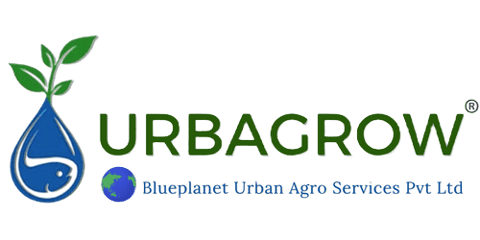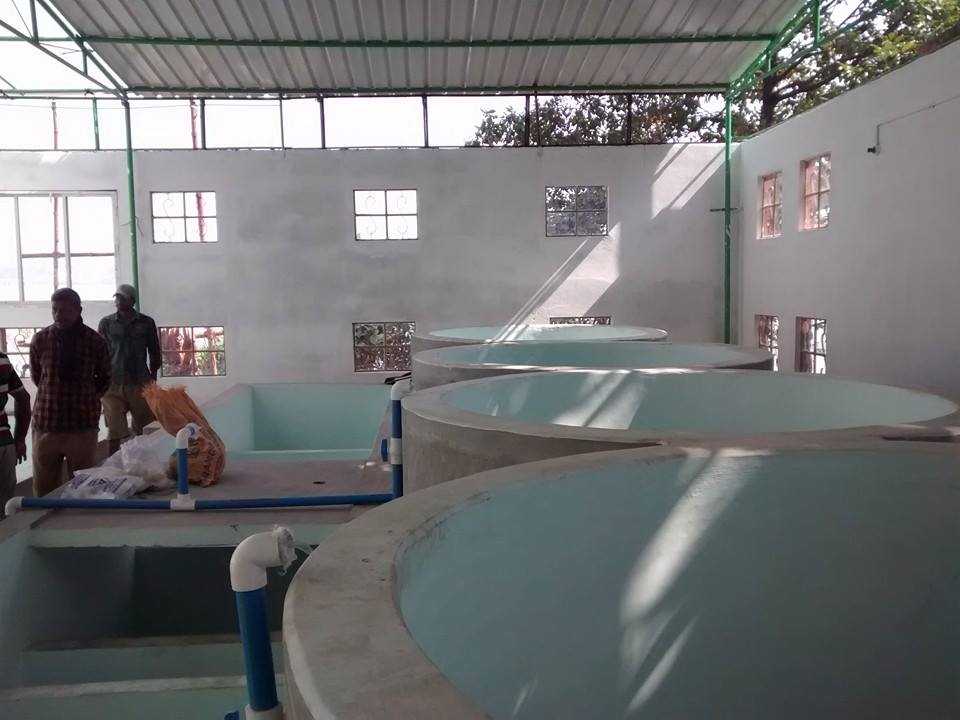 | 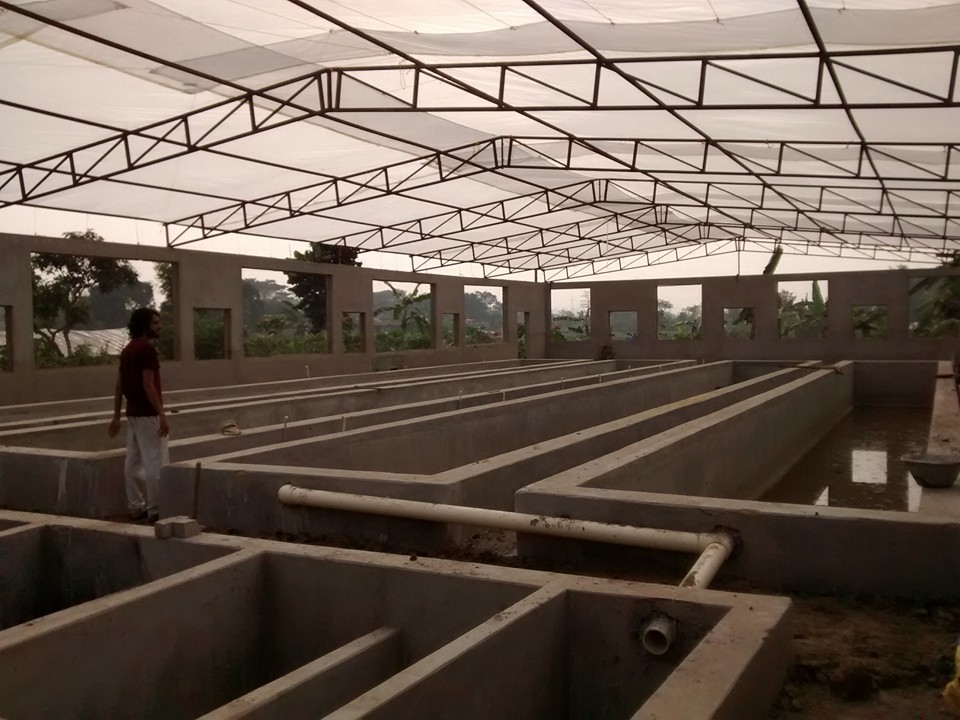 |
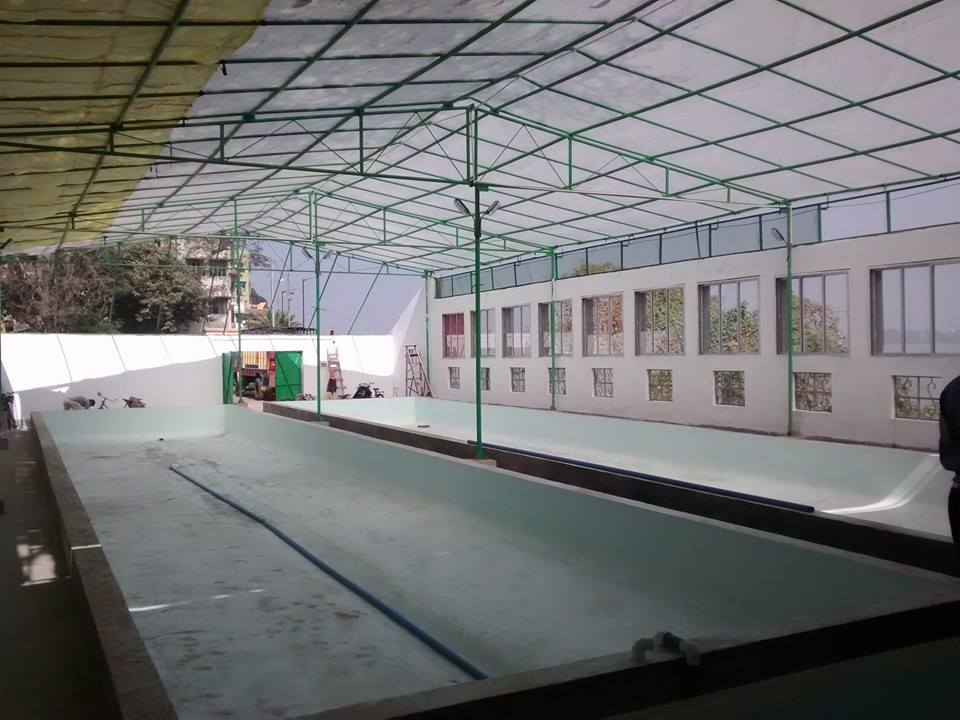 | 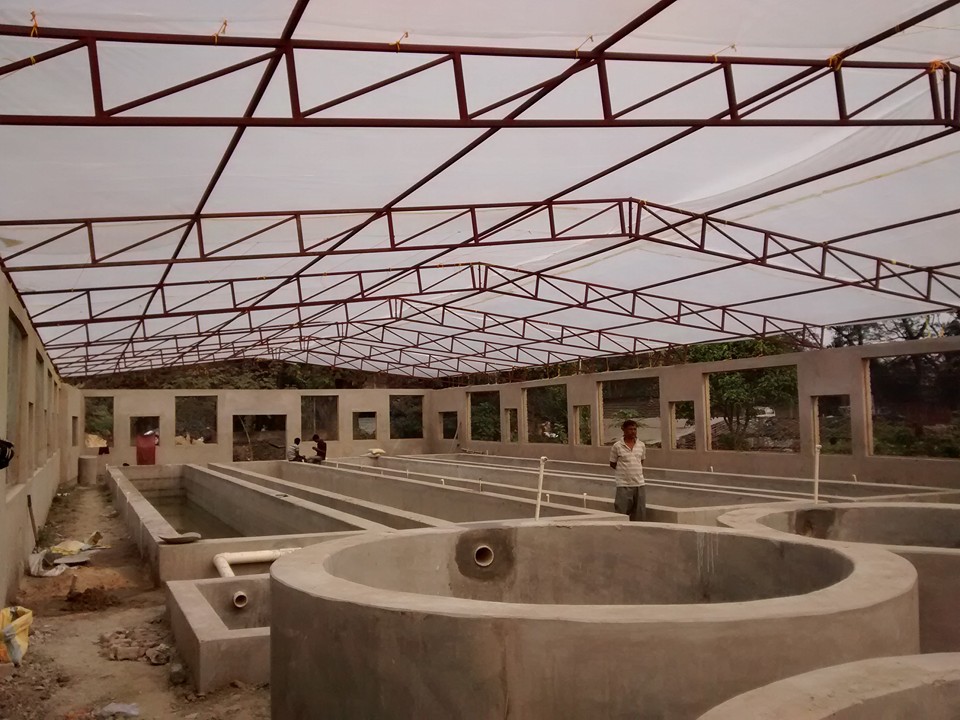 |
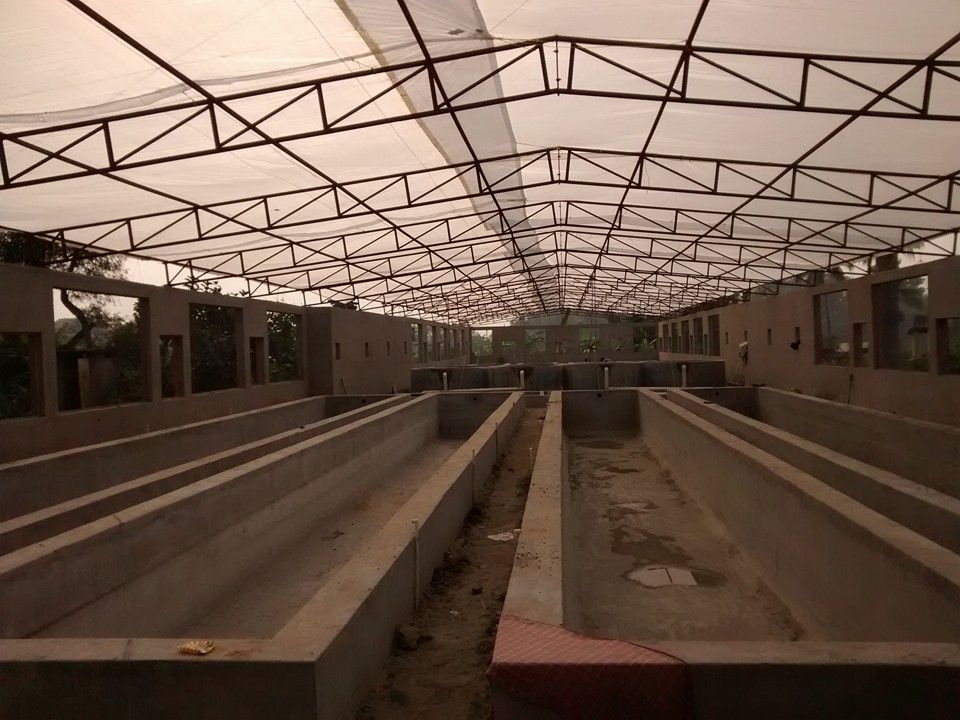 |  |
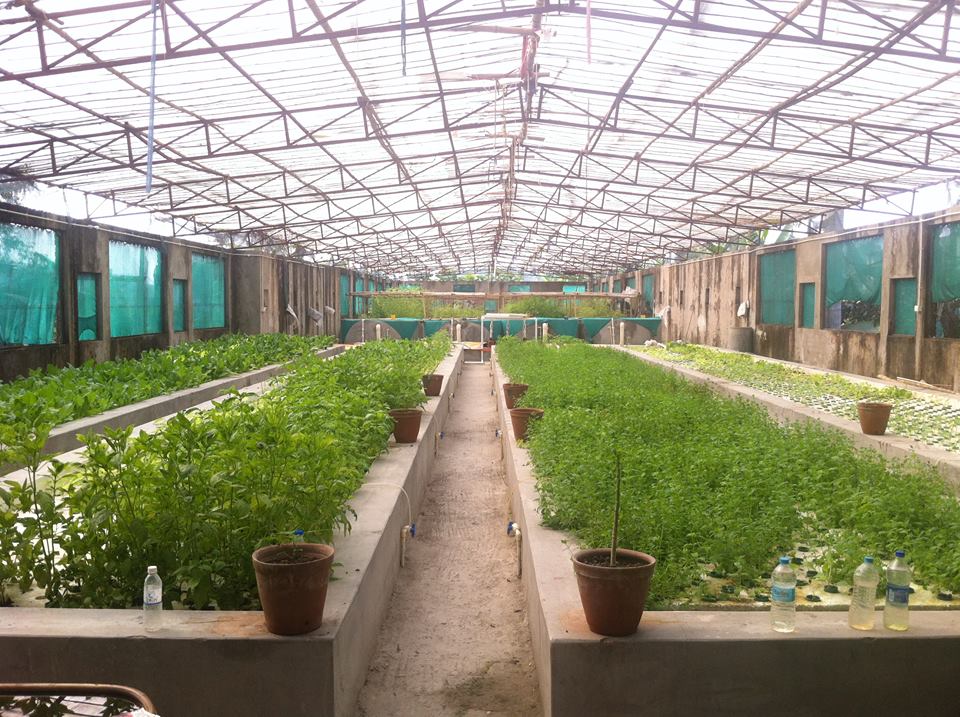 |  |
Considered to be one of the most yield per sqft technologies known today that is attracting more R&D on a day to day basis , experts define AP as : "Aquaponic systems are re-circulating aquaculture systems that incorporate the production of plants without soil. Re-circulating systems are designed to raise large quantities of fish in relatively small volumes of water by treating the water to remove toxic waste products and then reusing it. In the process of reusing the water many times, non-toxic nutrients and organic matter accumulate. These metabolic by-products need not be wasted if they are channeled into secondary crops that have economic value or in some way benefit the primary fish production system. Systems that grow additional crops by utilizing by-products from the pro- duction of the primary species are referred to as integrated systems. If the secondary crops are aquatic or terrestrial plants grown in conjunc- tion with fish, this integrated system is referred to as an aquaponic system Plants grow rapidly with dissolved nutrients that are excreted directly by fish or generated from the microbial breakdown of fish wastes. In closed re-circulating systems with very little daily water exchange (less than 2 percent), dissolved nutrients accumulate in concentrations similar to those in hydroponic* nutrient solutions although no chemicals are involved . Dissolved nitrogen, in particular, can occur at very high levels in re-circulating systems. Fish excrete waste nitrogen, in the form of ammonia, directly into the water through their gills. Bacteria convert ammonia to nitrite and then to nitrate . Ammonia and nitrite are toxic to fish, but nitrate is relatively harmless and is the preferred form of nitrogen for growing higher plants such as fruiting vegetables." Dr. Rakocy UVI Aquaponics.
- Urbagrow AP systems start by a single 15k sqft poly house that can generate as much produce as a 2 acre vegetable farm and a 2 acre open fish farm.
- Use a fraction of the water required to do the same traditionally. AP systems are fully re circulatory and the waste water is reusable as organic fertilizer in traditional farming.
- Although power is an essential input to AP systems the cost is easily compensated by the corresponding savings in labour , fertilizer and pesticide costs as well as can be offset alternate energy solutions and in certain areas by subsidized irrigation power cost.
- Being Soil free AP has much quicker crop turnarounds and are more efficient than traditional soil based agriculture.
- provides opportunity for technology implementation for more predictable yield numbers and superior production planning.
- AP is about efficiency of resource utilization for horticulture ( growing organic vegetables) and Aquaculture( sustainable land based fish farming)
